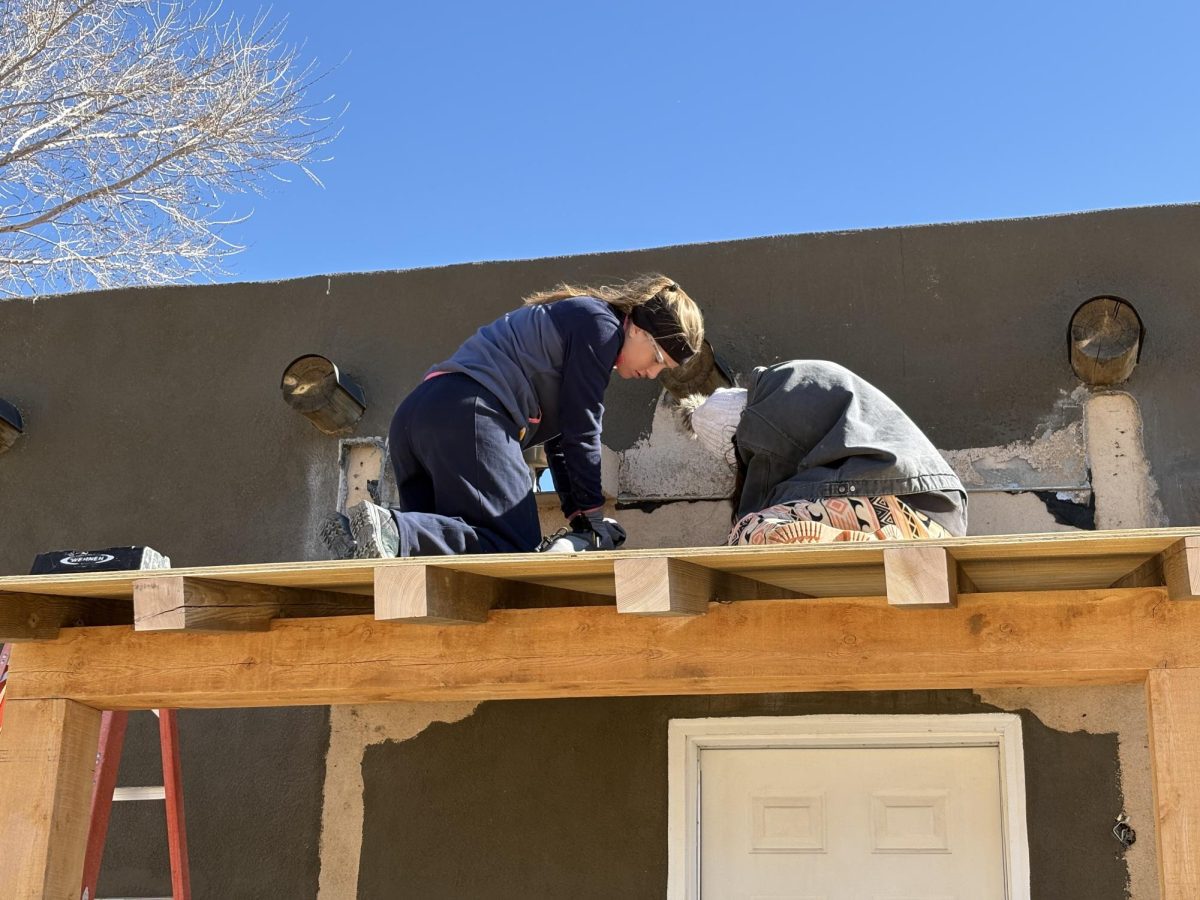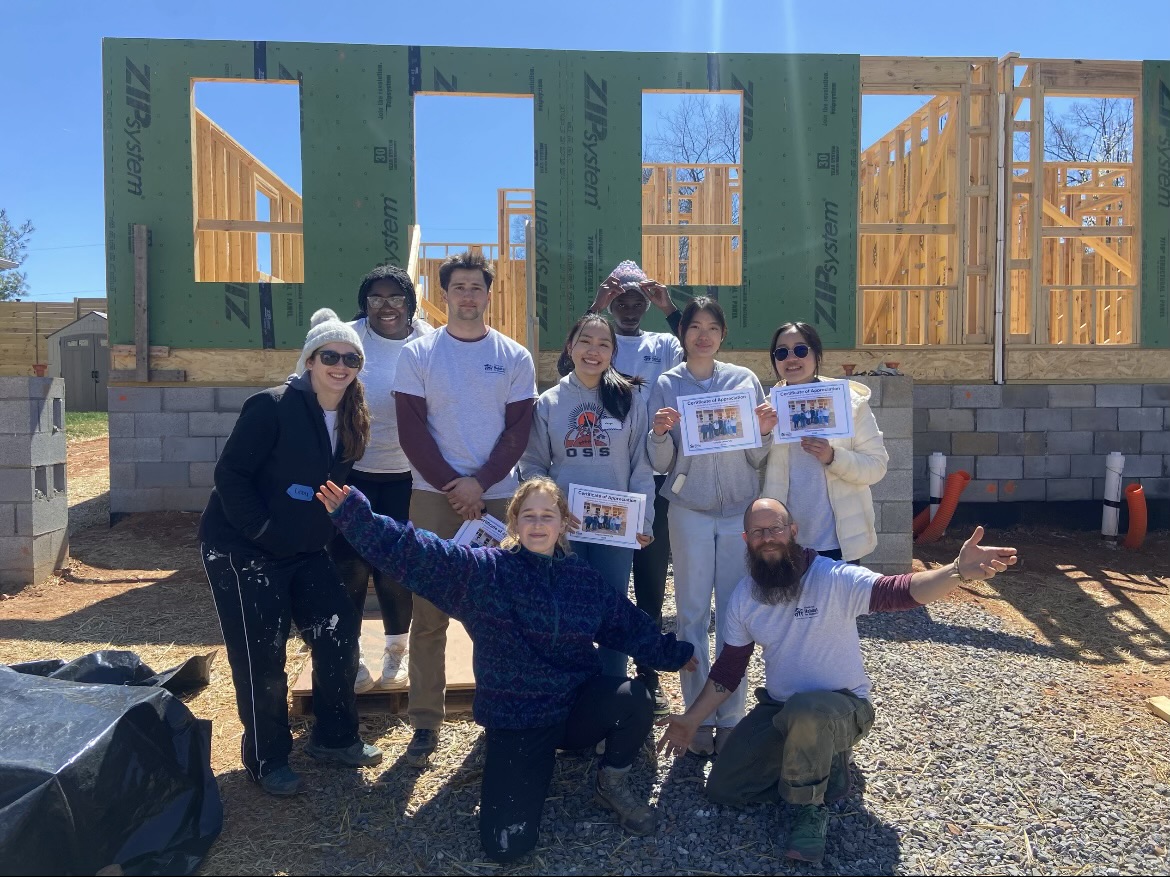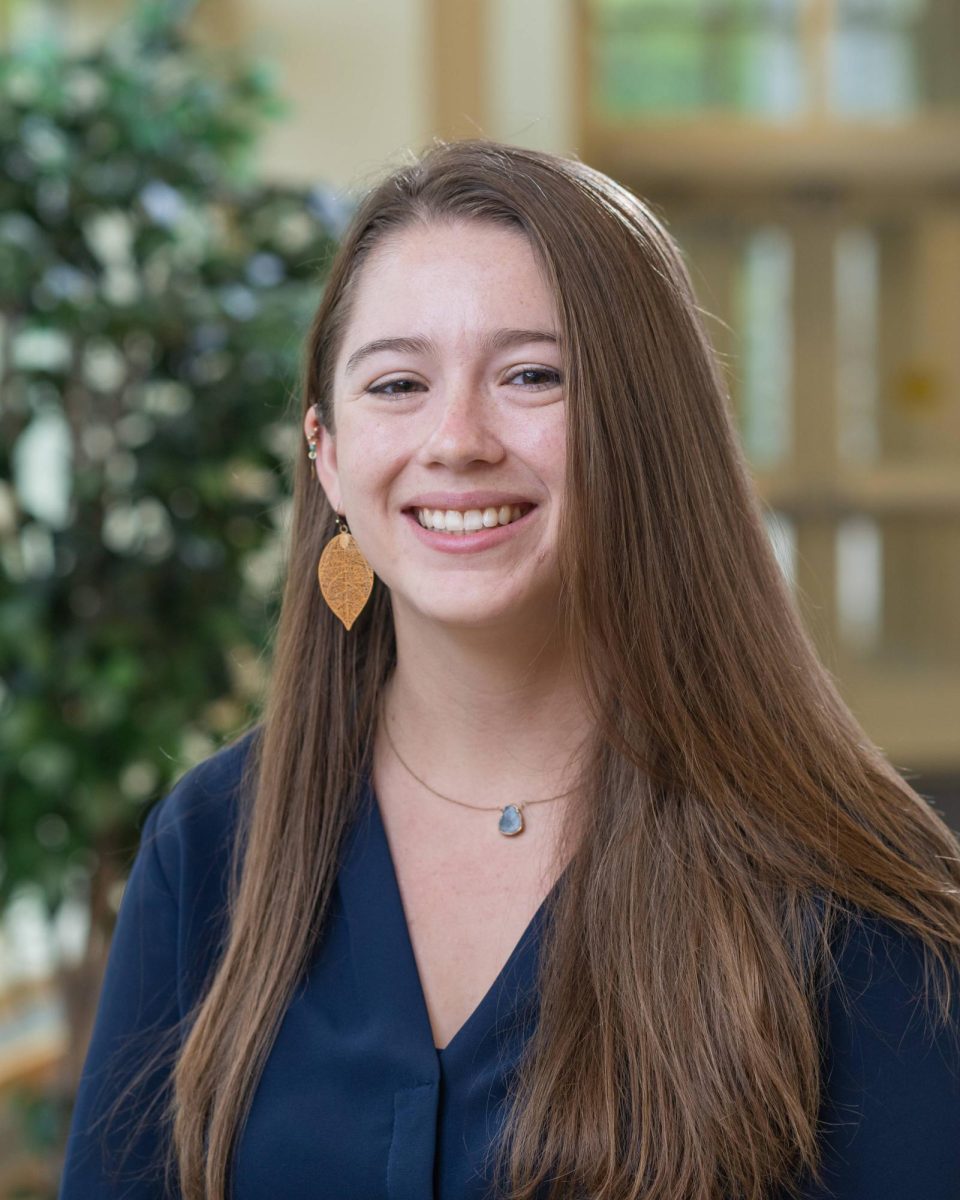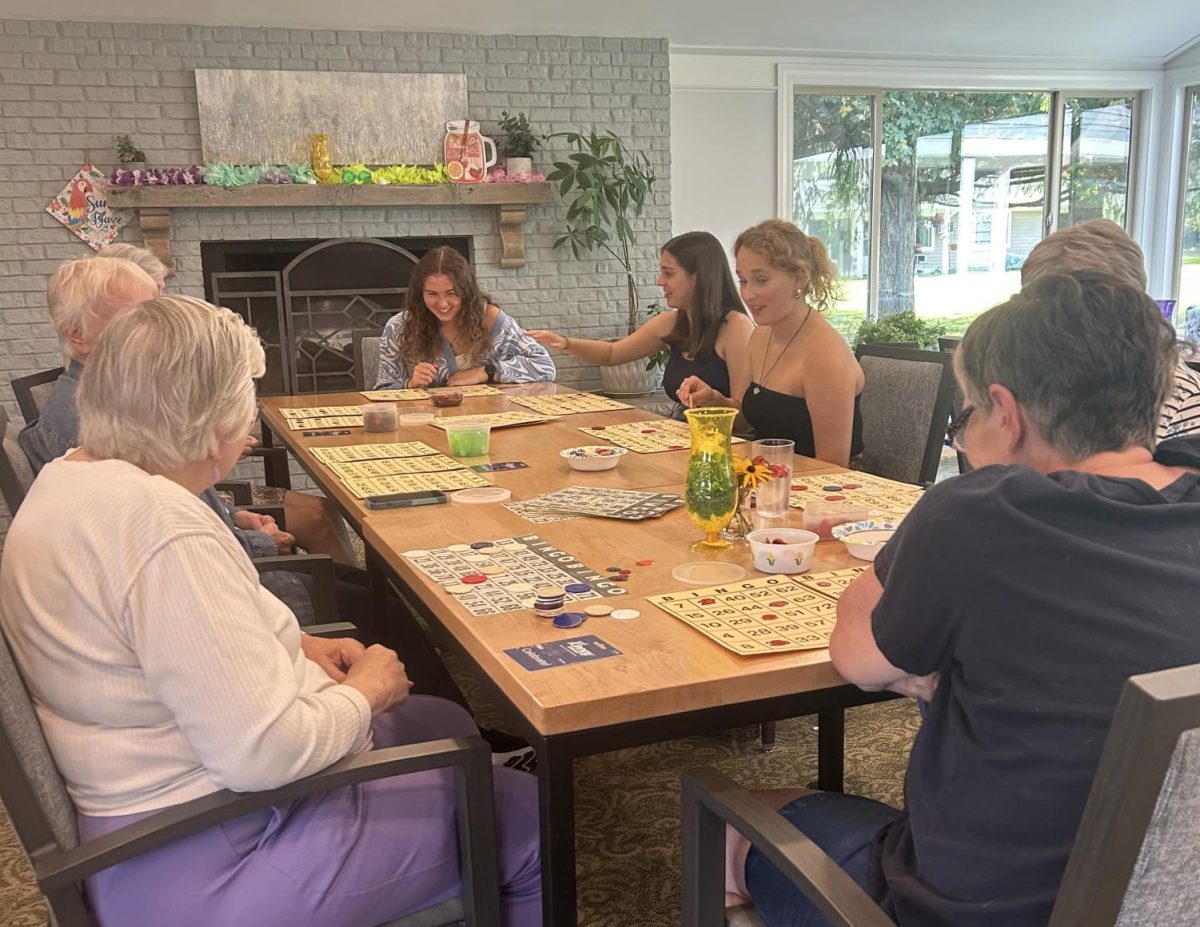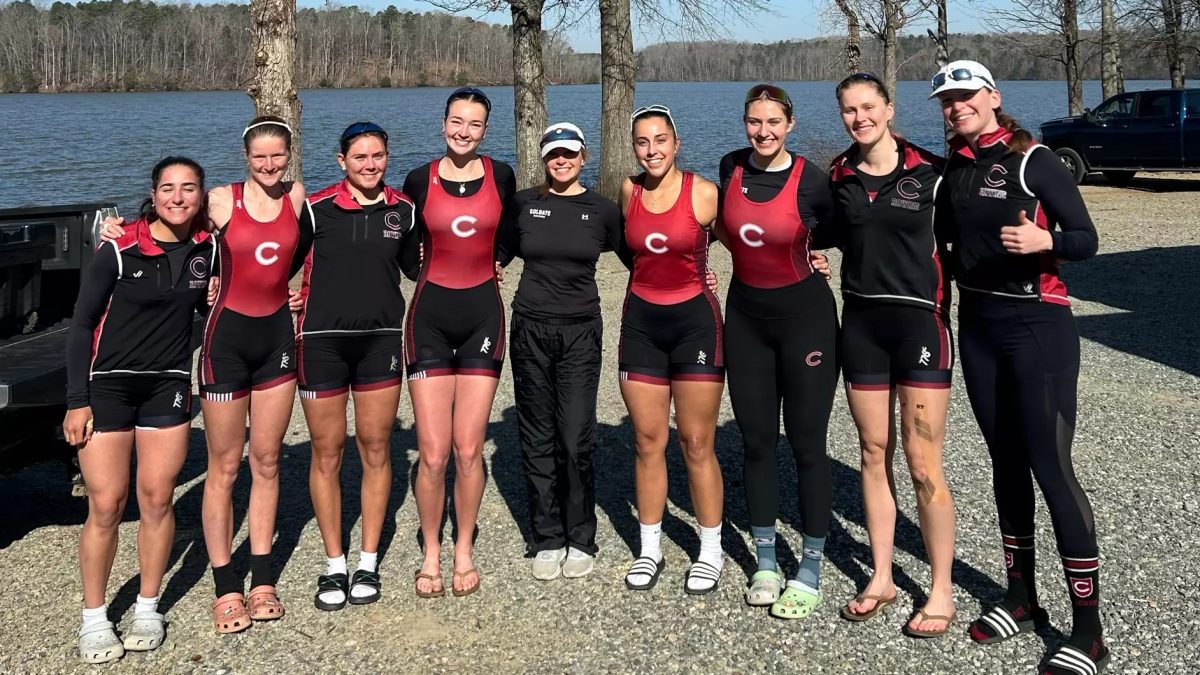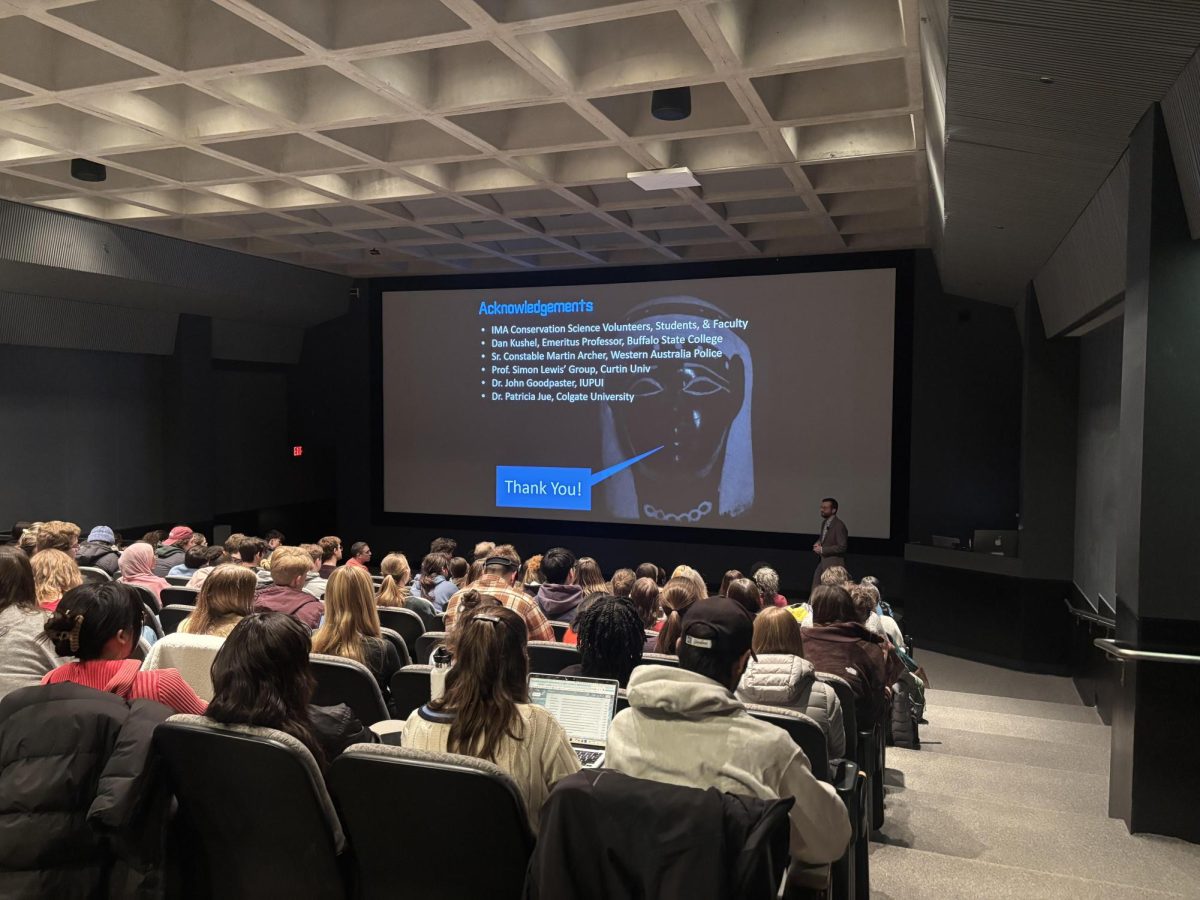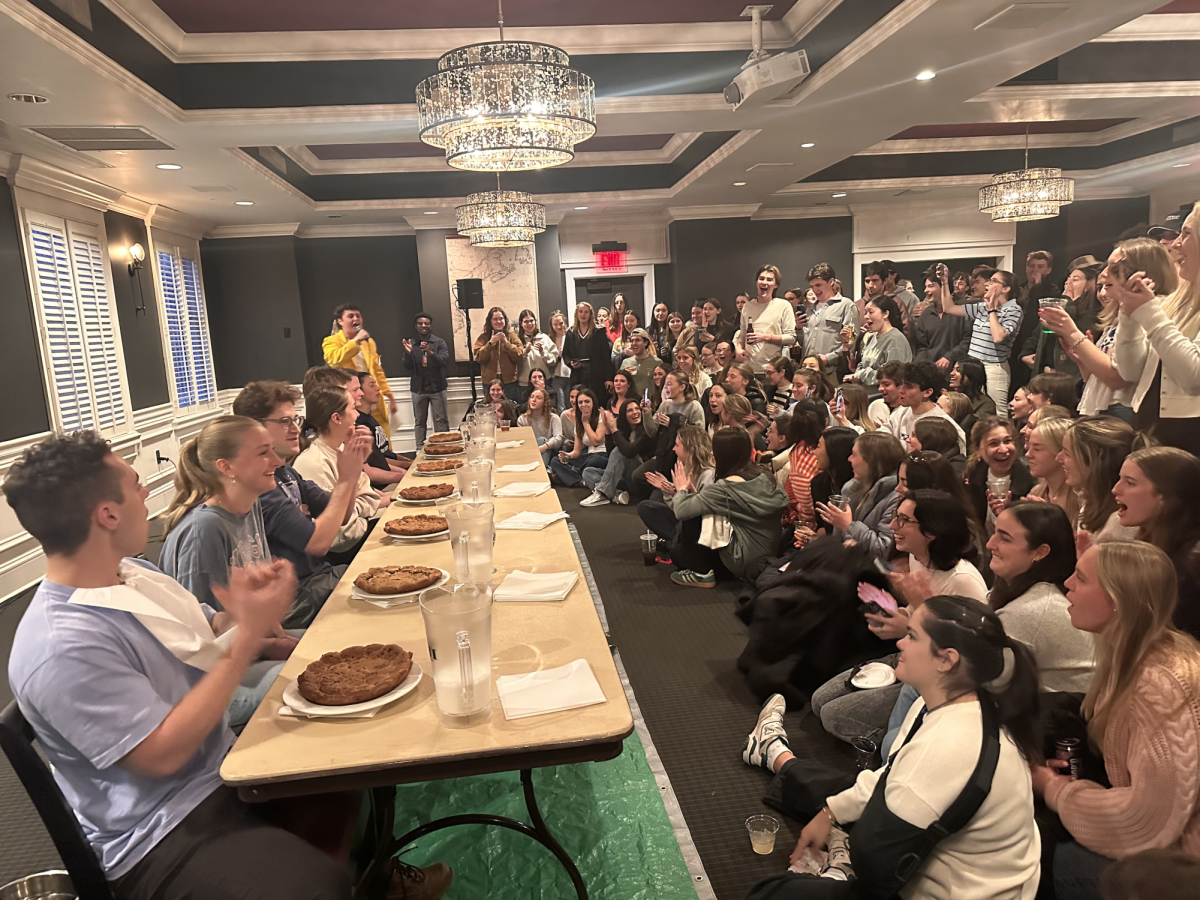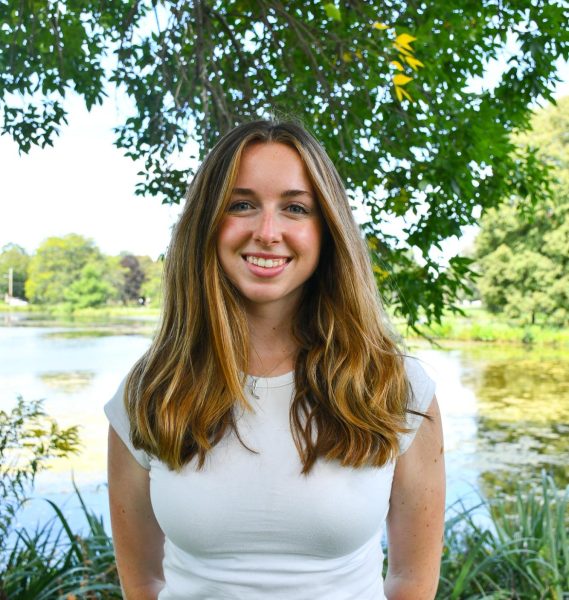While many students spend their breaks from Colgate University resting, traveling or spending time with family and friends, others take advantage of the opportunity to get involved in different communities around the country. The Max A. Shacknai Center for Outreach, Volunteerism and Education (COVE) makes these engagements possible through alternative break trips every winter and spring break.
Sophomore Louisa Clark shared her thoughts on spending part of her winter break on one of these trips.
“I felt like our winter is really long and it’s just like a week of my time,” Clark explained. “And the trip was such a constructive and meaningful way to spend that time.”
Fellow sophomore Sienna Staver chimed in with her motivation to participate.
“I did a lot of service in high school and have felt like I’m not doing enough while here on Colgate’s campus,” Staver shared.
Each trip focuses on a pertinent social issue and allows students to participate in the issue through community service and experiential learning. The range of societal focuses is vast, exemplified by the trips offered this past winter: Affordable Homeownership with Habitat for Humanity in Taos, N.M., and Hunger and Homelessness Outreach in Our Capital in Washington, D.C.
Clark received a first-hand look at the home and food insecurity present at the center of our nation. The Colgate group worked with nonprofit organizations such as the National Coalition for the Homeless, ONE DC and Martha’s Table to learn about how each was working to tackle the issues.
“I wanted to impact the community in a positive way, so I thought it would be really cool to do that in the middle of our nation’s capital in Washington and in such a directly impactful way. You get to interact with the people who you are helping. It’s obviously a very small way to help, but it’s something,” Clark said.
Staver and junior Arianna Stolowitz both participated in the trip to Taos. There they worked alongside Habitat for Humanity to learn and help to build homes for the community.
“I have never done anything remotely close to building houses before, and I wanted to step outside of my comfort zone. Most of my experience has involved work with kids, so I wanted to push myself into a new field of service,” Staver explained.
“I knew as soon as I saw that the Taos trip was affiliated with Habitat that it was something that I wanted to do. I had heard so many amazing things about the organization and wanted to experience it firsthand, and it definitely went above and beyond all of my expectations,” Stolowitz added.
Taking part in service-oriented trips leaves an impact on those who participate in them beyond the duration of the trip. From seeing the impact they can have to further committing themself to community service, the trips benefit more than just the people they are serving.
“Sometimes it can be daunting to get involved in service because it feels like as one person you won’t be able to make a difference. But you can make a huge difference in one person or one family’s life, and that’s equally special,” Staver articulated.
“It’s really easy to go into a space that isn’t yours, do something small and feel really good about it, but at the end of the day, you’re still walking away from a community of people who are starving every day and are homeless every day,” Clark shared. “I don’t really get to pat myself on the back for the one week of time that I’m gonna give if I’m not willing to see the struggle that is present and commit myself to do something more about it at some point when I’m more able, which is exactly what I hope to do.”
Additionally, the trip is open to all students and offers participants the opportunity to connect with classmates they might not otherwise know.
“I went into the trip not knowing anyone and came out of it with nine new people that I can confidently say have become some of the closest people that I have on this campus,” Stolowitz shared.
“It’s just such a cool thing to be that close with a group of people that I had never met or spent any significant time with before that moment. The experience is such a bonding and meaningful thing to share,” Clark said.
Despite their involvement in the separate trips Clark, Staver and Stolowitz all walked away with impactful experiences regarding new communities. Students interested in participating in a future COVE alternative break trip can keep their eye out for an email when applications open in the fall.


